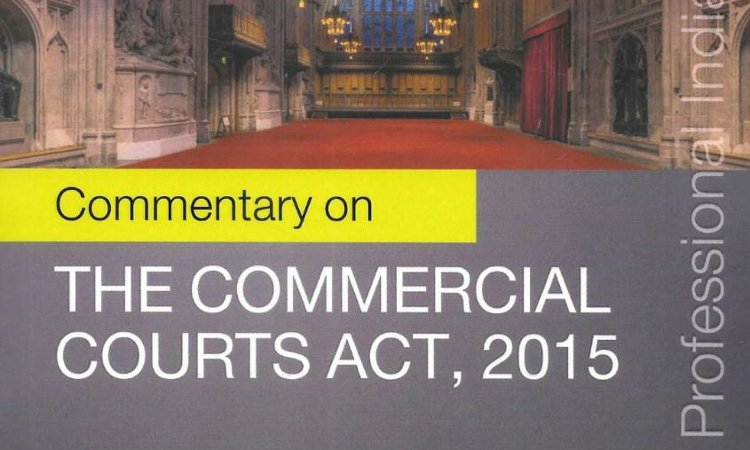Book Review : Commentary on The Commercial Courts Act, 2015 by Sharath Chandran
Namit saxena
18 March 2021 8:25 AM IST

Next Story
18 March 2021 8:25 AM IST
The Civil Procedure Code, 1908 deals with the law surrounding procedure in civil disputes in the Country. This pre-independence code has been amended from time to time to suit the requirements of the society. Unfortunately, inspite of multiple efforts by various ruling establishments, our justice dispensation system suffers from what we may call as the 'tareekh pe tareekh' defect...
